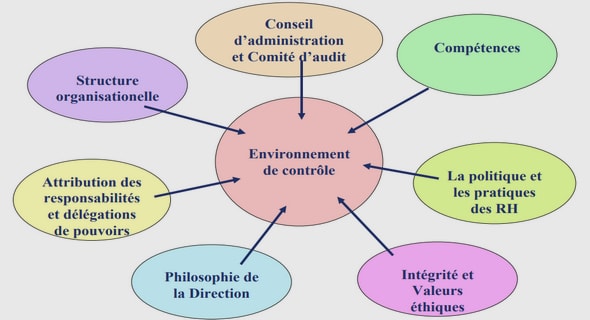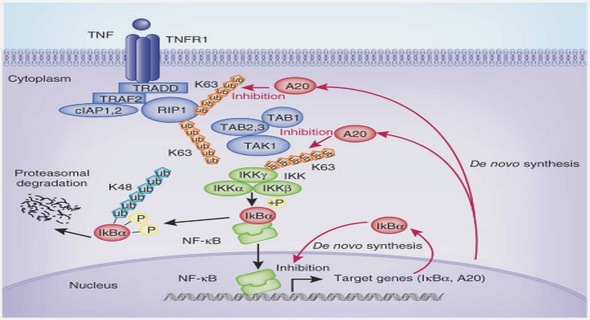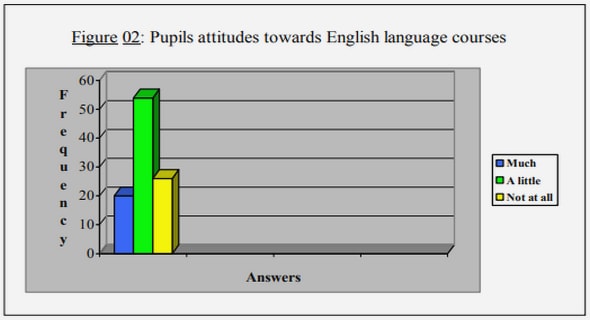Get Complete Project Material File(s) Now! »
ANALYSIS, PRESENTATION AND DESCRIPTION OF THE RESEARCH FINDINGS
INTRODUCTION
This chapter presents data management, analysis and the research findings in details. Data for this study were derived from completed event history calendars, focus group discussions and individual interviews. Quantitative and qualitative data were analysed separately in order to protect possible data loss through distortion. Data were categorised into that of rural and urban participants. The chapter begins with the description of the analytical process which includes data cleaning, coding, organisation and reduction and the description of demographic profile of the target population. Research findings are then presented in thematic areas or categories. The study aimed at developing a social and emotional learning programme for the promotion of school-going adolescents’ mental health. In order to realise this goal the following objectives spelt out in Section 4.1.1 were proposed and the research answered the questions outlined in Section 4.1.2
Research objectives
The study aimed at meeting the following objective
- Investigate the experiences of school-going adolescents in dealing with social and emotional problems.<
- Explore and describe the experiences of school teachers and school health nurses in dealing with social and emotional problems of adolescents.
- Determine approaches used by schools in handling social and emotional problems of adolescent.
- Explore the needs of school teachers, school-going adolescents and school health nurses in order to develop a programme for social and emotional learning.
Research questions
The research questions listed in this section followed from the objectives of the study in order to enable the researcher to develop a social and emotional learning programme for the promotion of adolescent’s mental health. These research questions are as follows:
- What are the experiences of high school adolescents in dealing with social and emotional problems?
- What are the experiences of high school teachers and school health nurses with regard to social and emotional problems of adolescents?
- What are the approaches used by school-going adolescents, teachers and school health nurses to promote mental health
- What are the needs of the study populations that would inform the development of the programme for social and emotional learning?
DATA MANAGEMENT AND ANALYSIS
Data management and analysis were done in two ways. Firstly, quantitative data from completed event history calendar were collated in several ways and at different stages to facilitate multi-method analysis of the whole adolescents’ life trajectories. Entries of information on individual life history were input into a Microsoft Excel file and manually counted as individual responses towards each domain in the EHC. Each response category was given a numerical code to ease identification in the data template.
The Statistical Package for Social Sciences (SPSS) IBM version 23 was used to analyse the data from completed EHC. Responses on the EHC on the various concepts of the grids were used as response codes which were used for data entry and description in the SPSS data template. Corbin and Strauss (2008:160) assert that quantitative information goes through transformation to numerical values which are known as codes. The data were firstly presented in the form of descriptive statistics using frequencies and proportions. The chi-square goodness of fit test was used to test if the aspects were equally likely to occur, that is, they follow a uniform distribution. This was motivated by the fact that the researcher wanted to find whether experiences of adolescents were the same. The chi-square test of independence was also done to The process of qualitative data analysis presented above should not be presumed to be linear, with steps following each other chronologically as shown in the diagram. But rather it is interactive in practice and steps can occur simultaneously or interchangeably. This experience was evident during data analysis for this research.
Qualitative data generated from individual interviews with school-going adolescents, and school teachers, and that from transcripts of focus group discussions with school health nurses were transcribed verbatim. In some instances, the data from adolescent interviews were stratified according to urban and rural settings. Data cleaning and editing were done to prepare data for coding and subsequent analysis of content. Polit and Beck (2014:306) describe qualitative content analysis as the breaking down of narrative data into smaller units, coding and naming the units according to the content they represent and grouping coded material based on shared concepts. In the study the end product is the emerging central themes and categories that are used as headings of the research findings’ sections. Creswell (2014:2003) describes themes as the ones that appear as major findings displaying multiple perspectives from participants supported by diverse quotations and specific evidences.
The section that follows presents separate findings of the two data strands in detail and thereafter provides a combined interpretation and integration of the two findings.
Polit and Beck (2012:618) describe the integration of different strands at a point of integration rather than during analysis as merging. The merging enables the drawing together of the findings of the two separate analyses in order to synthesize the results and develop an overall interpretation. Descriptive statistics, frequency distributions and content analyses, were used to summarise and present data. Neale (2009:278) advises against a tendency to emphasise one set of findings over another in mixed research methods. Therefore the integration of findings from both methods will be utilised optimally.
Demographic profile of the population
The target population of this study comprised school-going adolescents, school teachers and school health nurses.
Although a larger proportion of responses (51%, n=98) demonstrated being respectful, there was a small number of respondents who reported being sensitive towards others. Whereas close to 30% (n=58) respondents indicated that they do not have lasting relations or they had frequent break ups.
Decision making and reflection on decisions
Only 181 out of the 200 respondents completed this section. Seventy seven (43%-n==77) indicated that they make their own decisions and 35% (n=63) of respondents consulted peers…
Aspects on reflections about decisions taken that were reported most frequently were acceptance and blaming/scapegoating with proportions of 46.2% (n=60) and 41.5% (n=54) respectively
Socio-demographic determinants of experiences of adolescents in dealing with social and emotional problems
The chi-square test of independence was used to determine whether there was any difference between socio-demographic and experiences of school-going adolescents in dealing with social and emotional problems. The socio-demographic variables used were gender, school setting, age and grade. The test was done at the 5% level of significance and a p-value of less than .05 would lead to the rejection of the null hypothesis.
The hypothesis to be tested was:
- Ho: Social and emotional problems are independent or have no association with gender, school setting, age and grade
- H1: Social and emotional problems are not independent or there is an association between gender, school setting, age and grade and the social and emotional problems
- The chi-square is valid if not more than 20% of the cells has expected count of less than 5 and that all expected values should be at least one. If a chi-square is not valid then
- CHAPTER 1ORIENTATION TO THE STUDY.
1.1 INTRODUCTION.
1.2 BACKGROUND TO THE RESEARCH PROBLEM.
1.3 RESEARCH PROBLEM
1.4 STUDY PURPOSE AND OBJECTIVES
1.5 SIGNIFICANCE OF THE STUDY
1.6 DEFINITION OF TERMS
1.7 THEORETICAL FOUNDATIONS OF THE STUDY
1.10 STRUCTURE OF THE DISSERTATION
1.11 CONCLUSION.
CHAPTER 2 LITERATURE REVIEW.
2.1 INTRODUCTION
2.2 ADOLESCENCE − A DEVELOPMENTAL STAGE
2.3 ADOLESCENT HEALTH WITHIN LIFE-COURSE
2.4 ADOLESCENT MENTAL HEALTH
2.5 MENTAL HEALTH PROMOTION AND ADOLESCENTS
2.6 MENTAL HEALTH PROMOTION IN SCHOOLS
2.7 SOCIAL AND EMOTIONAL LEARNING AND THE PROMOTION OF MENTAL HEALTH IN SCHOOLS.
2.8 THEORETICAL BASIS OF THE STUDY.
CHAPTER 3 RESEARCH DESIGN AND METHOD
3.1 INTRODUCTION
3.2 RESEARCH DESIGN
3.3 RESEARCH METHOD
3.4 CONCLUSION
CHAPTER 4 ANALYSIS, PRESENTATION AND DESCRIPTION OF THE RESEARCH FINDINGS.
4.1 INTRODUCTION
4.2 DATA MANAGEMENT AND ANALYSIS
4.3 QUALITATIVE RESULTS
4.4 CONCLUSION
CHAPTER 5 DISCUSSIONS OF STUDY FINDINGS
5.1 INTRODUCTION.
5.2 INTERPRETATION OF THE MAJOR FINDINGS OF THE STUDY
CHAPTER 6 PROPOSED SOCIAL AND EMOTIONAL LEARNING PROGRAMME FOR THE PROMOTION OF ADOLESCENT MENTAL HEALTH IN HIGH SCHOOLS
6.1 INTRODUCTION
6.2 THEORETICAL BASIS
6.3 DEVELOPMENT OF THE INTERVENTION/PROGRAMME FOR PROMOTING ADOLESCENT MENTAL HEALTH IN HIGH SCHOOLS
6.4 PROPOSED UNIVERSAL PREVENTIVE INTERVENTION FOR THE PROMOTION OF ADOLESCENTS’ MENTAL HEALTH IN SCHOOLS.
6.5 IMPLEMENTATION
6.6 CONCLUSION
CHAPTER 7 SUMMARY, RECOMMENDATIONS AND STRENGTHS AND LIMITATIONS
7.1 INTRODUCTION
7.2 SUMMARY.
7.2 RECOMMENDATIONS
7.3 STRENGTHS AND LIMITATIONS OF THE STUDY
7.4 SIGNIFICANT CONTRIBUTIONS OF THE STUDY
7.5 CONCLUSION.
LIST OF REFERENCES
GET THE COMPLETE PROJECT
PROMOTION OF ADOLESCENT MENTAL HEALTH THROUGH A SOCIAL AND EMOTIONAL LEARNING PROGRAMME IN SOUTH AFRICAN HIGH SCHOOLS


